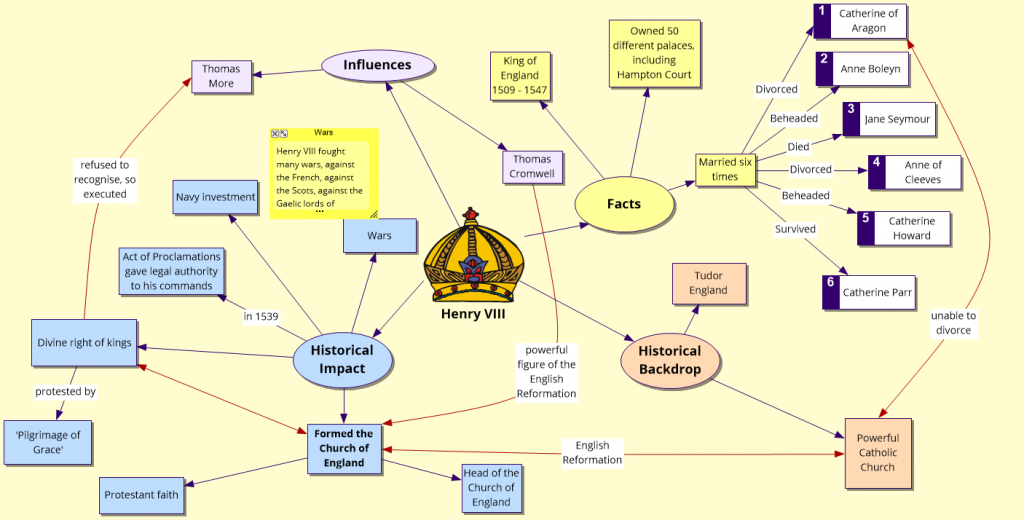
Industry news
In 2019, the All Party Parliamentary Group for Dyslexia published the report ‘The Human Cost of Dyslexia: The emotional and psychological impact of poorly supported dyslexia.’
In a survey of 1300 parents, 88% of the respondents cited that their children suffered from poor self-esteem whilst 95% reported that their children experienced frustration due to their dyslexia.
Given that dyslexia is a language disorder that affects the ability to read and write for an estimated 15% of our student population, it is unsurprising that subjects involving lots of reading and writing risk alienating a sizeable part of the student population if taught in a way that plays to their dyslexic weaknesses.
When learners are experiencing frustration and poor self esteem in a busy classroom environment, it is a challenge for teachers to be able to tune into and meet their emotional and academic needs. In not meeting those needs, we see a decline in engagement and an increase in poor behaviour. However, it is commonly recognised that children with dyslexia are more likely to have strengths in creativity, out of the box thinking and verbal reasoning. Wonderful strengths for learning!
The good news is that there are simple teaching strategies that can be used to support dyslexic pupils in utilising their strengths and developing enthusiasm for expressing learning and being productive.